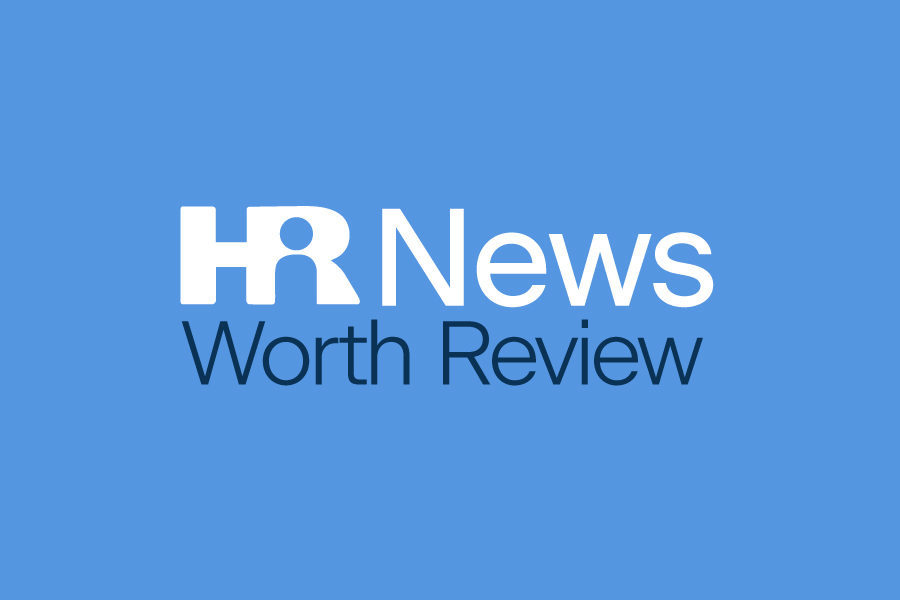OSHA Vaccine and Testing ETS Update
Several states attorneys general and companies have filed lawsuits against the recently announced Occupational Safety and Health Administration’s (OSHA) COVID-19 Emergency Temporary Standard (ETS) on COVID-19 vaccination and testing for the workplace, primarily alleging that the ETS exceeds OSHA’s authority.
In response, the Fifth Circuit Court of Appeals ordered a temporary stay on the ETS, which effectively prevents enforcement of this ETS until a final decision regarding the legality of this standard is published. Currently, there is no timetable for a resolution.
While the ETS is currently on pause, it has not been permanently delayed or vacated. As such, the government has urged employers to continue moving forward with compliance toward the ETS.
Employer Takeaway
Most legal experts agree that applicable employers should continue to prepare to comply with the ETS’s provisions. In fact, noncompliance with the ETS could result in hefty penalties. For that reason alone, employers should be cautious about delaying their compliance actions. Employers with any questions related to the specifics of the ETS should visit the OSHA website or speak with legal counsel.
In the interim, please review the following informational pieces we have put together for you:
- Employer Obligations and the COVID-19 Vaccination ETS – Infographic
- COVID-19 All-in-One Vaccination Tracker
- COVID-19 Vaccination and Testing ETS Frequently Asked Questions
- OSHA COVID-19 Vaccine Policy Requirements for Employers
- OSHA COVID-19 ETS Determination of Employee Vaccine Status
- OSHA COVID-19 ETS Recordkeeping Requirements
- OSHA Penalties for Vaccination and Testing ETS – Infographic
2022 Health FSA Contribution and Transportation Reimbursement Limits Released
Internal Revenue Code (Code) Section 125 imposes a maximum dollar limit on employees’ salary reduction contributions to a health flexible spending account (FSA). This limit started off as $2,500 for plan years beginning on or after Jan. 1, 2013, and has been adjusted for inflation for subsequent plan years. For plan years beginning on or after Jan. 1, 2022, the health FSA contribution limit is $2,850. In addition, for tax year 2022, the monthly limitation for the qualified transportation fringe benefit and the monthly limitation for qualified parking increases to $280.
Annual Increases to Health FSA Carryover Limit
In 2020, the IRS allowed employers to increase the maximum $500 carryover amount for a plan year to an amount equal to 20 percent of the maximum salary reduction contribution for that plan year. For plan years beginning in 2022, the carryover limit increases to $570 (20 percent of $2,850, the indexed 2022 contribution limit). Please keep in mind that these carryover limits would apply to employers that chose not to elect an unlimited carryover as was permitted due to COVID relief. The IRS allowed employers to permit employees to apply unused amounts remaining in a health FSA at the end of a plan year ending in 2020 or 2021 – or a grace period ending in 2020 or 2021 – to pay or reimburse expenses incurred through the immediately subsequent plan year.
Employer Takeaway
Employers should now have all of the required information related to HSA and FSA changes for 2022 and may need to adjust accordingly.
| HSA | FSA | |
|---|---|---|
| Type of Account | Health Savings Account | Health Flexible Spending Account |
| What plans must be offered with the account? | A high deductible health plan (HDHP) that satisfies minimum annual deductible and maximum annual out-of-pocket expense requirements. | Most Health FSAs must qualify as excepted benefits to satisfy ACA reforms. To qualify as an excepted benefit, the FSA must meet a maximum benefit requirement, and other group health plan coverage must be offered by the employer. |
| Is there an annual contribution limit? |
$3,650 Ind.
$7,300 Family (2022)
Catch-up contributions: $1,000/year – age 55 by end of tax year
|
For 2022, employees may not elect to contribute more than $2,850 per year. |
2021 Kaiser Foundation Health Benefits Survey Released
This annual survey of employers provides a detailed look at trends in employer-sponsored health coverage, including premiums, employee contributions, cost-sharing provisions, offer rates, wellness programs and employer practices. The 2021 survey included 1,686 interviews with non-federal public and private firms. Of keynote:
- Annual premiums for employer-sponsored family health coverage increased 4 percent from last year, the same increase as in 2020.
- 99 percent of large firms and 58 percent of small firms (those with fewer than 200 employees) offer benefits to their employees.
- PPOs are the most common plan type, enrolling 46 percent of covered workers in 2021, while 28 percent of covered workers are enrolled in a HDHP/HSA plan.
- 64 percent of covered workers, including 21 percent of covered workers in small firms and 82 percent in large firms, are enrolled in plans that are self-funded.
- 42 percent of small firms report that they have a level-funded plan, up from 13 percent in 2020.
Employer Takeaway
Employers can read the entire survey here, which contains information on average premium amounts, average deductible, employee cost sharing and more. Please keep in mind that health care costs can vary dramatically by state or region.





